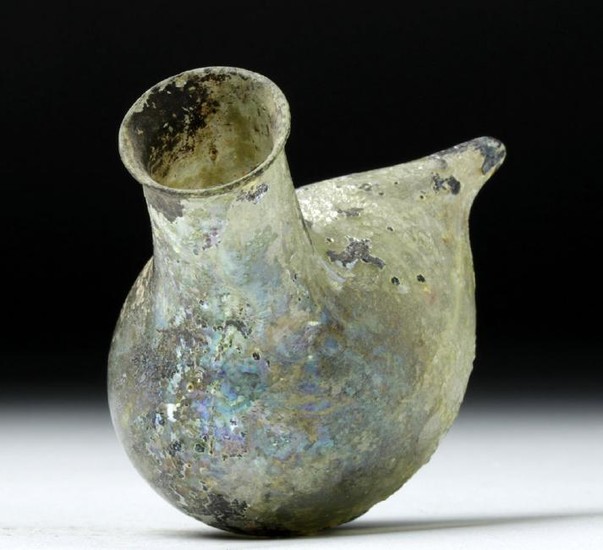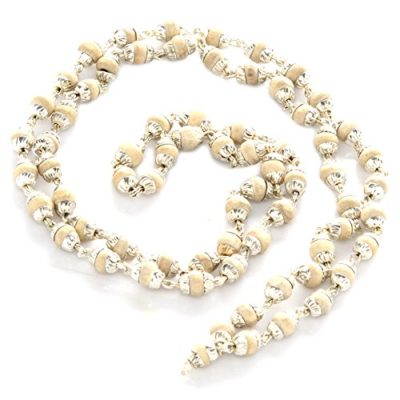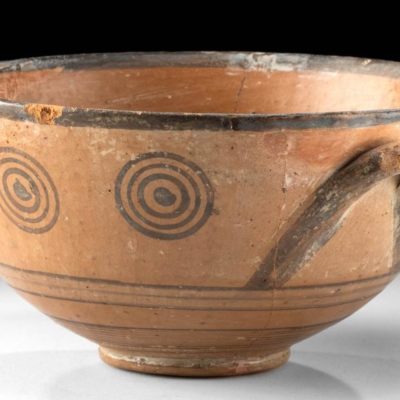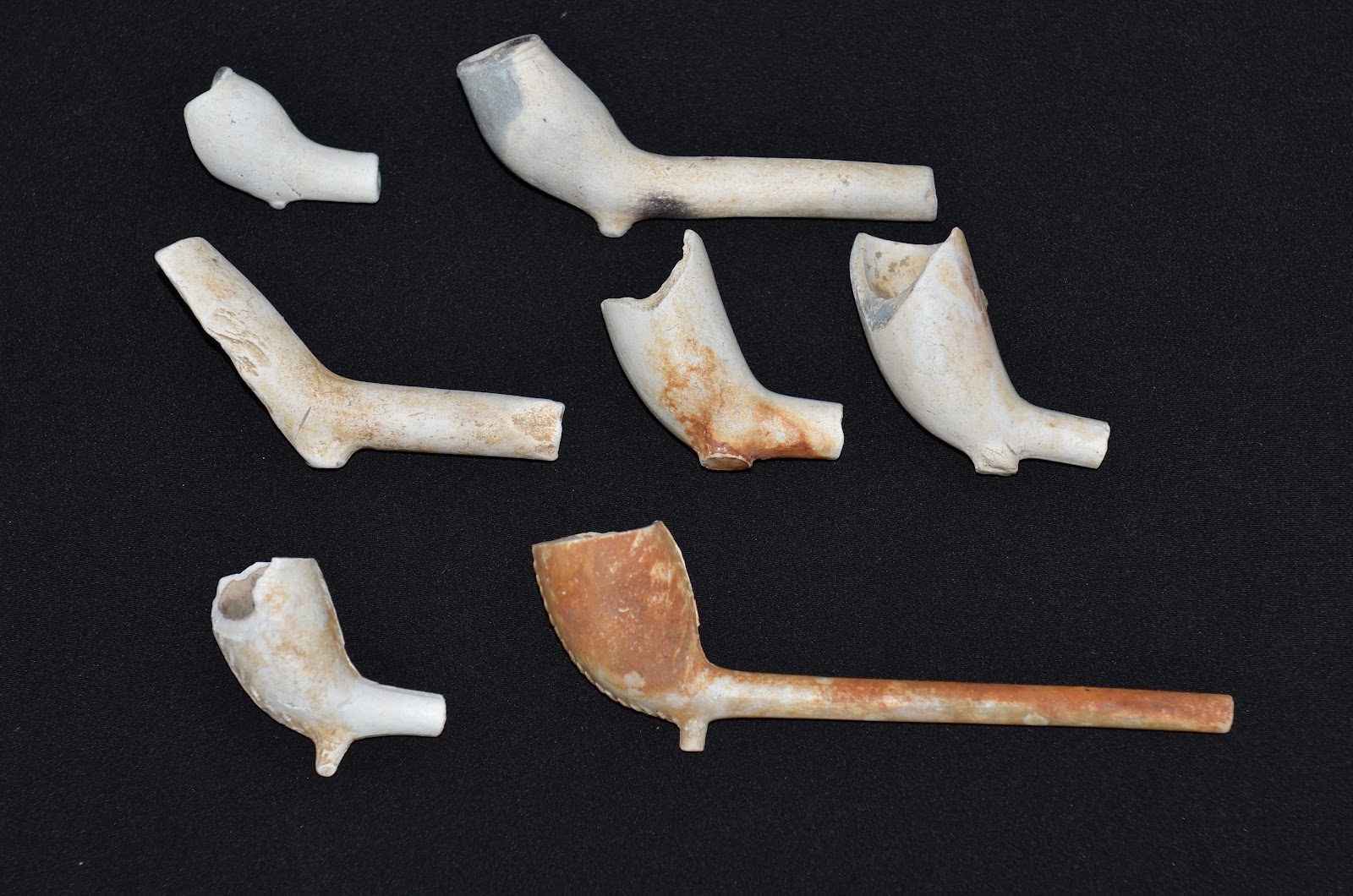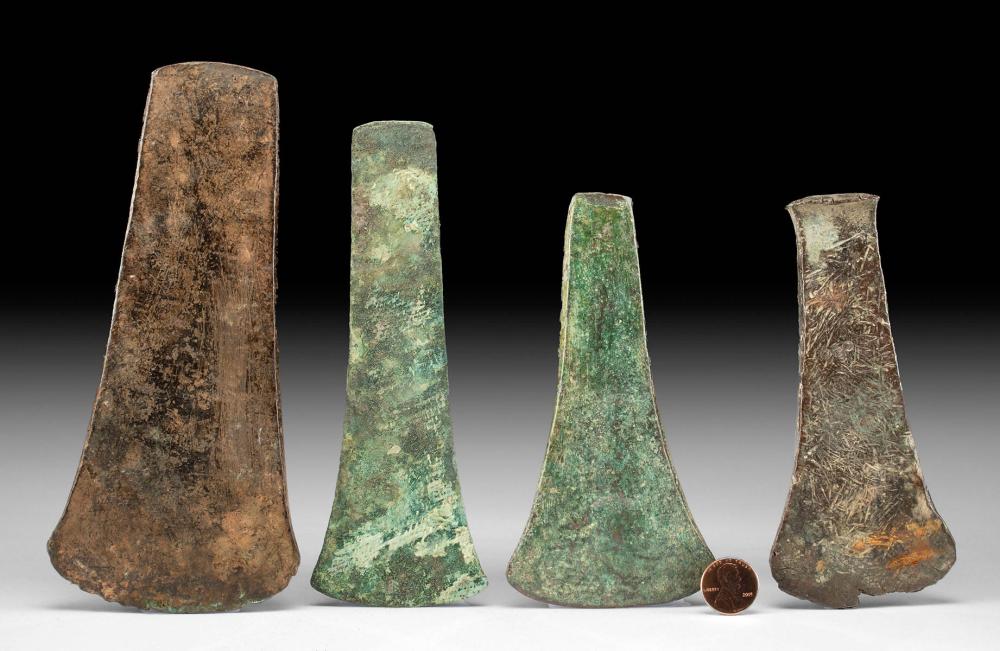You readers, who are in my somewhat elderly age group, will probably remember playing outside as children (that was “bc” or “before computers” when young ones actually played outside) and may remember taking dirt and water and forming mud pies. Several millennia before that time, the ancient indigenous people of North America, could have begun making their own examples of mud pies. They possibly used local dirt or clay and after mixing in some water and maybe some plant matter to assist in holding the mass together, they could have formed crude plate and bowl shaped mud utensils. These would have been thoroughly baked in the sun before actually being used. Somewhere along the ancient time line, a genius or just a lucky individual could have placed one or more of these mud dinnerware items in hot coals left over from a fire and converted the pliable form into fired ceramics. That simple act of using heat to transform clay into usable ceramic implements began the cycle that eventually led to such modern inventions as the science of metallurgy, the development of concrete and the creation of the silicon chip. Those inelegant little ancient mud pies have come a long way into today’s modern world. After the concept of pottery vessels was fully developed, the ancient natives began making the ceramics in a myriad of shapes, one of which was the tripodal bottle.

Bottles were used by the prehistoric Americans presumably for the supposed purpose of holding water, which is one of the necessities of life. Most ancient bottles are simple globular vessels with a constricted top and a pouring spout. As the development of ceramic pottery was advancing, most likely someone realized that water would evaporate less quickly in a more enclosed vessel. And if the vessel had a long and narrow neck, probably derived from its stylistic model, the dipper gourd, the liquid became easier to pour plus the time it remained in the fluid state was increased. The earliest bottles probably had the small orifice and the long narrow neck but after a couple hundred years, the vessel opening became much larger and the neck much shorter. There is no successful answer as to why this change was made except to guess that with the increase in population, which necessitated more bottles, the potters just began forming simpler and quicker to make vessels. Shortcuts are a unique trait of humanity so this theory is very plausible. Most of the bottles being made during this AD 1000 to AD 1700 time frame, regardless of the neck size and shape, were simple globular ceramic vessels without any embellishments. Simple shapes would have been the most efficient to manufacture and to use for the storage of water. They had flat to slightly rounded bases that would usually sit upright on the ground so the liquid within would not spill out. But not all bottles were so simple and uncomplicated in appearance.
Throughout the prehistoric period of pottery making in this country, some of the artisans certainly made elaborate creations and this was most likely for some unknown ceremonial/religious/economic purposes. Some of the vessels were coated with red or red and white slip, some were incised and engraved in almost countless patterns and others had extraneous features applied to the outer surfaces. These outside features included human and animal characteristics, plant replications, perceived god-like shapes, simple bumps and nodes and applied legs and/or feet. These latter features will be discussed in this paper.
Most prehistoric, protohistoric, and even post-European contact era bottles, that included legs or feet, had only three which is called a tripod. There is one distinct reason for a vessel to only have three versus four lower appendages and that is because, regardless of the irregular terrain, the bottles would sit evenly and more level and would be less likely to tip over, unless the ground was steeply inclined. The native potters did not make many of these tripodal vessels based on the reasonably low quantity that have been recovered from period sites. There are normally only two types of these feet or legs – one being solid flat and wide legs (often called footed stands) that may have straight edges or be in a curved or stair-step design and the other being large and round legs often with bulbous knobs on the lower end. Of these two types, most tripodal vessels seem to have the rounded legs, according to the fact that more of that type has been found. These legs can vary from only an inch or so to several inches in height and the round type can be in the form of hollow or solid ceramics. Along with the legs on these bottles, some also have basal platforms onto which the legs are mounted and/or have horizontal supports or braces connecting all three appendages. These rare tripod bottles have been found from the Mississippi River valley westward into contemporary Texas and Oklahoma and east as far as Alabama, Georgia and Florida. There have been a very few broken tripod pottery sherds found in coastal Alabama that suggest some of these tripodal vessels were actually large bowls rather than bottles. The speculations about these, though, are that they came from Historic Period pots and were Indian made ceramic replications of the footed cast iron cooking pots used by early European explorers. Other than those few examples, most native made tripodal vessels are in the bottle form and most will date to the AD 1400-1700 time period of manufacture. It is today believed, by many scholars, that the bodies of these tripod bottles, as with all ancient American Indian bottles, are styled after the native grown gourds but there is no reasonable understanding of the tripod legs/feet. Bottle gourds, which are believed to have been domesticated in southern Africa before being carried through Asia and then brought to North America more than ten thousand years ago, could have been used as water containers well before the invention of ceramic vessels. Most of the globular bodies of these ceramic tripod bottles are plain but some have collars at the base of the neck and others have various incised/engraved motifs such as Mathew incising, Walls engraving or fluting/gadrooning. Most, also, have been found along the Mississippi River in the contemporary states of Tennessee, Kentucky, Missouri and Arkansas and are shell tempered grey ceramics called Bell Plain or Neeley’s Ferry.
While all prehistoric to protohistoric vessels are unique, some are much more unusual than others. The plain utilitarian bowls, bottles and jars were most likely produced in the tens or even hundreds of thousands for drinking, cooking and eating uses but others were made apparently for economic/religious/ceremonial reasons since the extra work involved in the making of these more uncommon motifs would not have justified the extra expense in time, unless it was for some special purposes. Such is probably the case with the unique three legged vessels – perhaps they were used by the society priests in worship of their deities – or maybe they were used in preparations for hunting or war – or could it be that they were used only by the cultural rulers – or maybe they were made only to hold alcoholic beverages made from the Indian corn or wild bee honey (it is theorized by many scholars today that most all the ancient religious societies were heavy users of strong drink in their rituals). Whatever were the true purposes of these vessels being made those hundreds of years in the past, today we only have to understand that the crafts persons made truly wonderful ceramic art items – the ancient tripodal bottles.
REFERENCES:
Bonds, Jack, Editor 2006
THE ART OF THE ANCIENT CADDO
Dokstader, Frederick J. 1972
NAKED CLAY: UNADORNED POTTERY OF THE AMERICAN INDIAN
Fogleson, Raymond 2004
HANDBOOK OF NORTH AMERICAN INDIANS: SOUTHEAST,
SMITHSONIAN INSTITUTE, VOL. 14
Fundaburk, Emma L. & Mary D. Foreman 1957
SUN CIRCLES AND HUMAN HANDS
Galloway, Patricia, Editor 1989
THE SOUTHESTERN CEREMONIAL COMPLEX: ARTIFACTS AND
ANALYSIS
Gardner, William M. 1986
LOST ARROWHEADS AND BROKEN POTTERY
Griffin, James B., Editor 1952
ARCHAEOLOGY OF EASTERN UNITED STATES
Hathcock, Roy 1976
ANCIENT INDIAN POTTERY OF THE MISSISSIPPI RIVER VALLEY
Hathcock, Roy 1983
THE QUAPAW AND THEIR POTTERY
Morse, Dan F. & Phyllis A. Morse 1983
ARCHAEOLOGY OF THE CENTRAL MISSISSIPPI VALLEY
Reid, Kenneth C. 1984
“Fire and Ice: New Evidence for the Production and Preservation of Fiber-
Tempered Pottery in the Mid-Latitude Lowlands”, AMERICAN ANTIQUITY,
Vol. 49
Townsend, Robert F. 2004
HERO, HAWK, AND OPEN HAND
Williams, Mark & Victor Thompson 1994
“A Guide to Georgia Indian Pottery Types”, EARLY GEORGIA, Vol. 27, No 1

